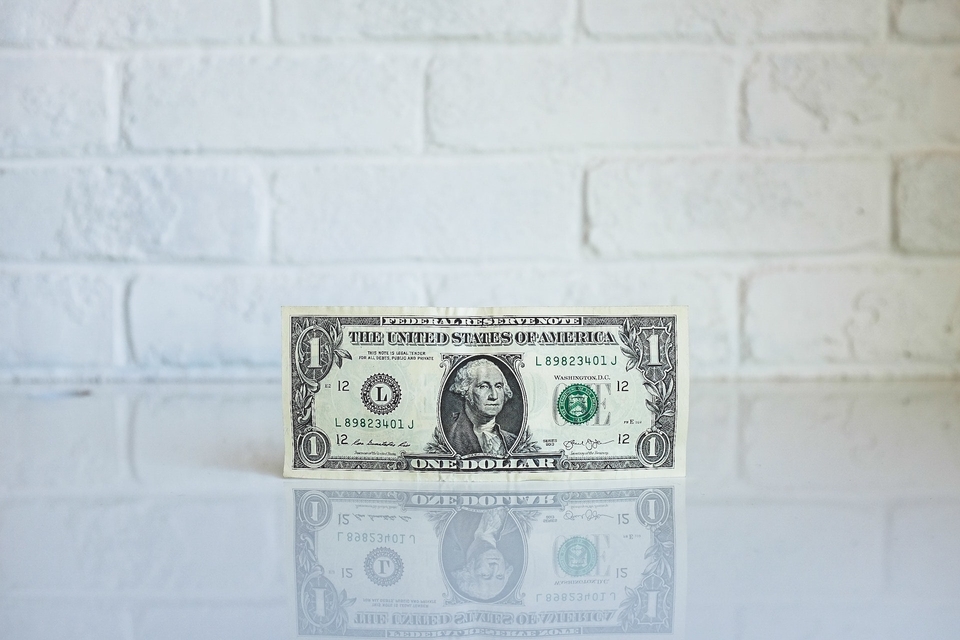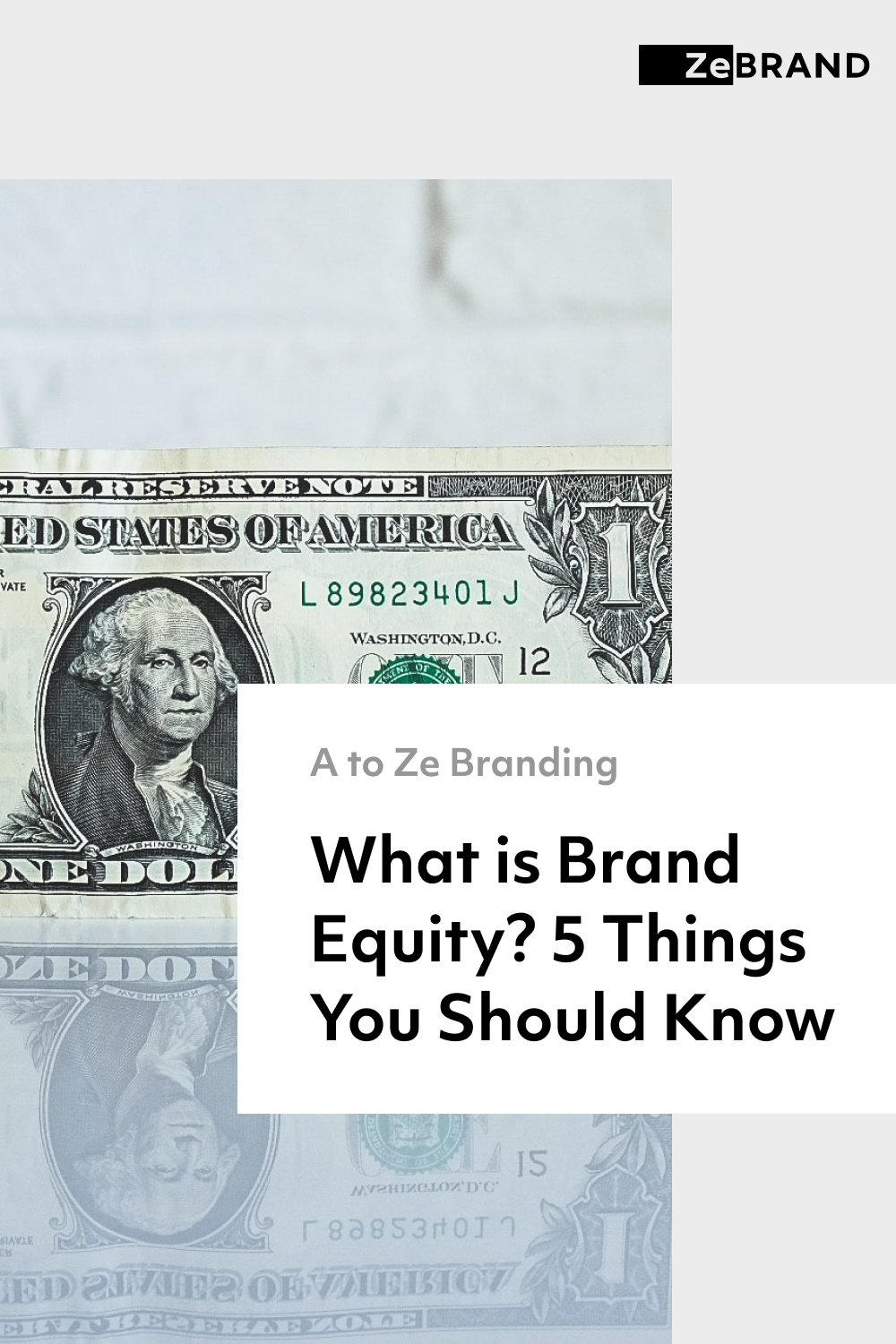What is Brand Equity? 5 Things You Should Know

What value do consumers place on your brand?
Emerging businesses often find themselves a little bit overwhelmed when it comes to branding. There is a lot of information out there about why you need a brand, how to establish your brand, and if you’ve heard the term “brand equity,” you may be wondering “what is brand equity?” and why it’s even important.
1. What is brand equity?
Most simply put, brand equity is a brand’s value in the eyes of the consumer. That value is measured by consumer perception of the brand from their experiences and interaction with the brand through marketing, transactions, customer service, and any other touchpoint where the customer comes in contact with the brand. Companies with positive brand equity are easily recognizable and have more sway with their consumers than those without it. Their products and services entice consumers compared to a company or product they aren’t as familiar with due to built up loyalty and trust.
2. Why is brand equity important?
Brand equity is the foundation of why you would want to put effort into creating a solid brand in the first place. A brand’s value with its customers is essential to the entire business and brings many benefits. Because of the preferences and loyalty that customers develop with a brand, buying decisions are easier, and customers tend to gravitate towards these brands. This is often true even if the consumer could get a product or service for a better price elsewhere. Ultimately, positive brand equity can help companies increase customer loyalty, profit, sales, and demand for their products.
3. How to build brand equity?
Brand equity is vital to your business, but how do you build it as a new brand or one that has been around but hasn’t put any effort into it yet? By creating positive experiences and feelings in your customers, you can build up your brand equity. Of course, exactly how this is done varies depending on your target audience, your product, your company, and numerous other factors.
Through campaigns that create awareness, speaking to your target customer’s values and interests, and creating positive experiences that entice your customers to come back again and again, you’re building your brand’s equity. Brand equity can also be built through loyalty programs and free products for birthdays, building that awareness and trust between your brand and your customer. Although it does take a lot of upfront work and research to build up and maintain your brand equity, the benefits are countless. If you’re looking for more ideas, check out this post we did on 4 ways to improve your brand equity.
4. How to measure brand equity?
One of the most challenging factors about brand equity is measuring it. Because it’s a more abstract concept, unlike being able to measure sales from a specific marketing campaign, it can be challenging to measure.
When measuring brand equity, you should look at customer awareness and knowledge of your products and services. Looking at factors such as how much your brand, or its products, are organically mentioned or tagged on social media can be a helpful metric to track. What are the social media mentions saying? Is the sentiment generally positive or negative?
While financial metrics can hint at your brand equity, it’s not quite as easy as looking at revenue or profit. However, looking at data such as how much more you can charge over your competition and customer lifetime value can be significant brand equity indicators.
5. Brand equity benefits your profit
As a company, you may be wondering what is brand equity going to do to benefit your business financially. Consumers loyal to your brand and your products are more willing to pay higher prices and try new products from a company they value. It’s been documented that consumers are nine times more likely to try new products from brands they’re loyal to.
Even if your products are similar to your competitors, positive brand equity allows your brand to put a premium on your prices even though consumers can get the same product elsewhere. Ultimately, this means higher profits for your company.
Example of companies with high brand equity
Apple: When new products are released people line up to get them. Apple usually sells out quickly even though people can get a similar product at a lower price from a competitor.
Amazon: Because of their reputation of convenience through quick shipping and stocking almost anything you need, people will often buy items on Amazon even if they can run out to the store to get the same thing locally.
Starbucks: Everyone knows coffee is cheap to make. You can make it for a couple of cents at home or you can pick up a convenient cup of coffee at the gas station for a dollar or two. Yet, Starbucks can put a huge premium on their drinks and people still line up every morning for their products.
Brand equity combines what customers think of a brand, their experiences, and the value they put on a brand's products. Building and maintaining brand equity is a worthwhile investment in your brand’s image and bottom line.
Curious how to build brand equity? Here are 4 Ways to Boost Your Brand Equity.



